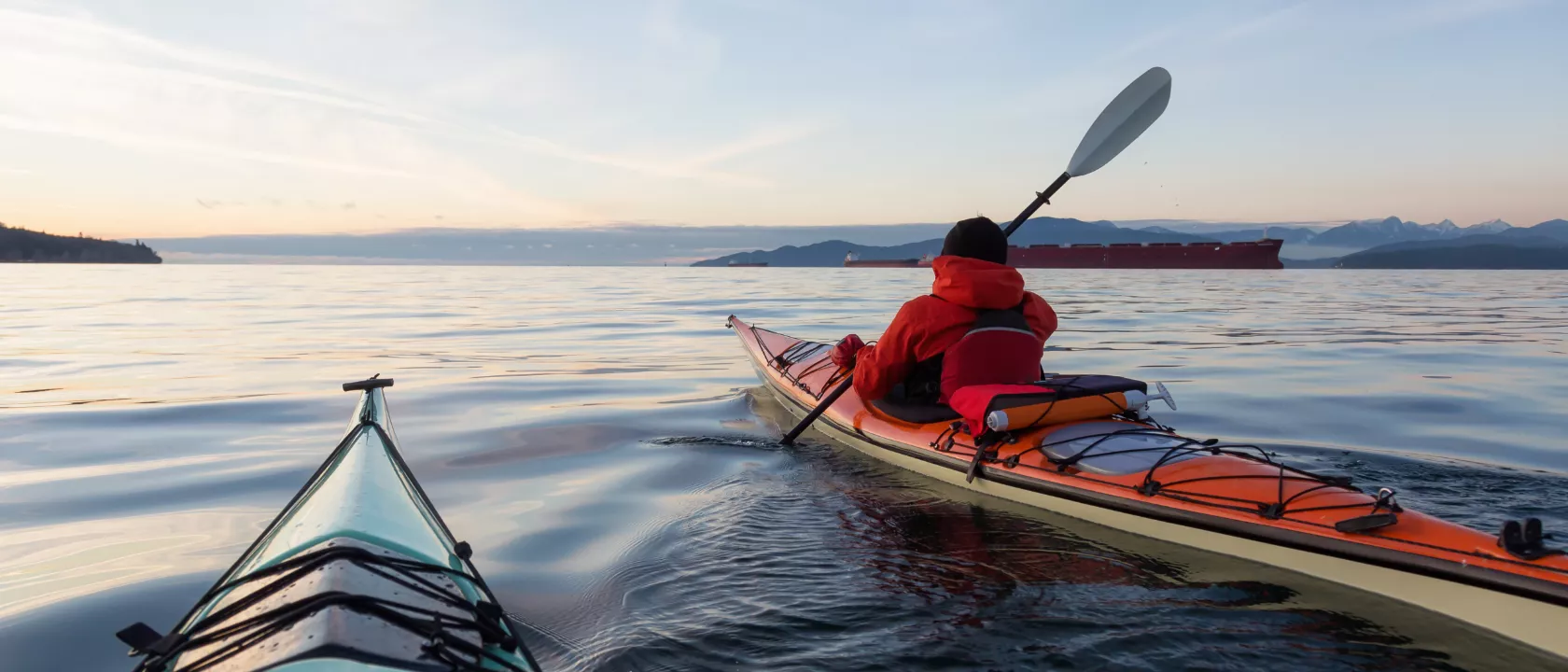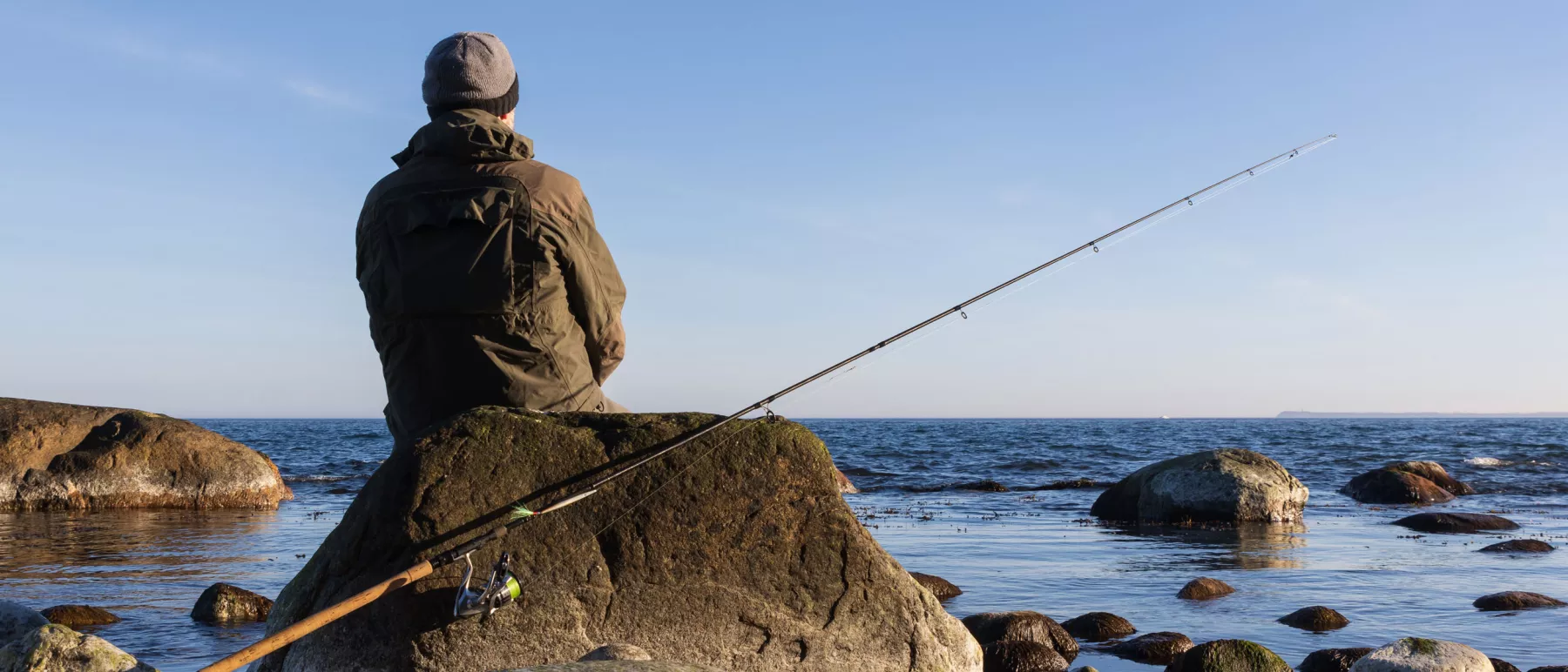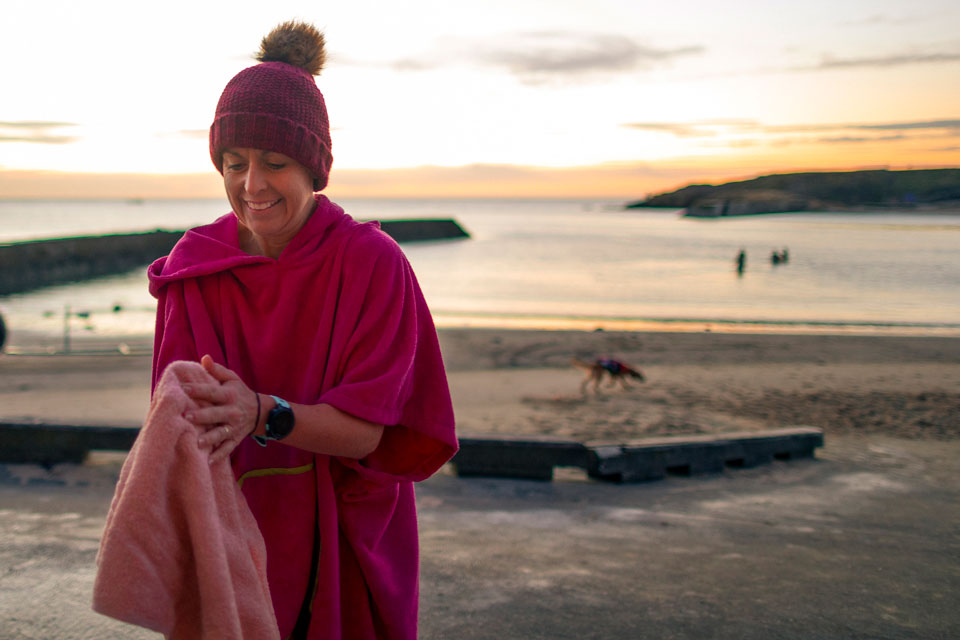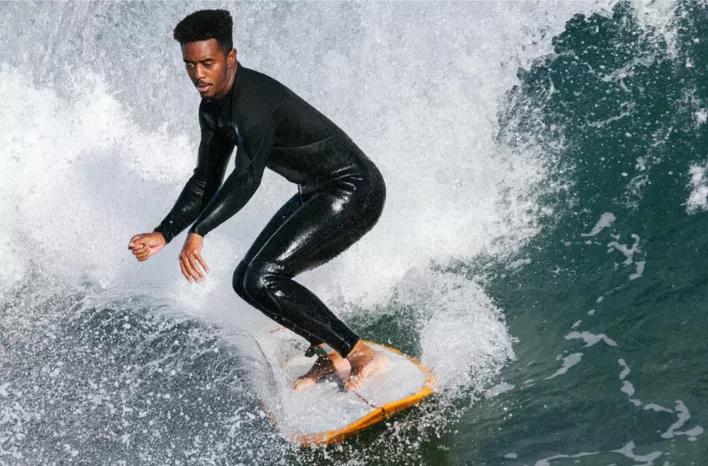Cold water shock is how our body reacts to suddenly entering cold water, it can make you gasp uncontrollably and inhale water.
Cold water shock can leave you helpless in seconds, even the fittest person would be unable to swim or focus on breathing.
All waters around the UK are potentially cold enough to induce cold water shock, even in high summer.
If you enter the water unexpectedly, take a minute - the initial effects of cold water pass in less than a minute so do not try to swim straight away. Relax and follow the Float to Live advice.
Reduce the risks:
- Check conditions - including water temperature, before heading to the coast.
- Acclimatise – enter the water slowly, getting used to the temperature and get breathing under control.
- Know your limits - do not overexert yourself.
- Wear a flotation device - increase your chances of survival.
- Wear a wetsuit appropriate for your activity.






